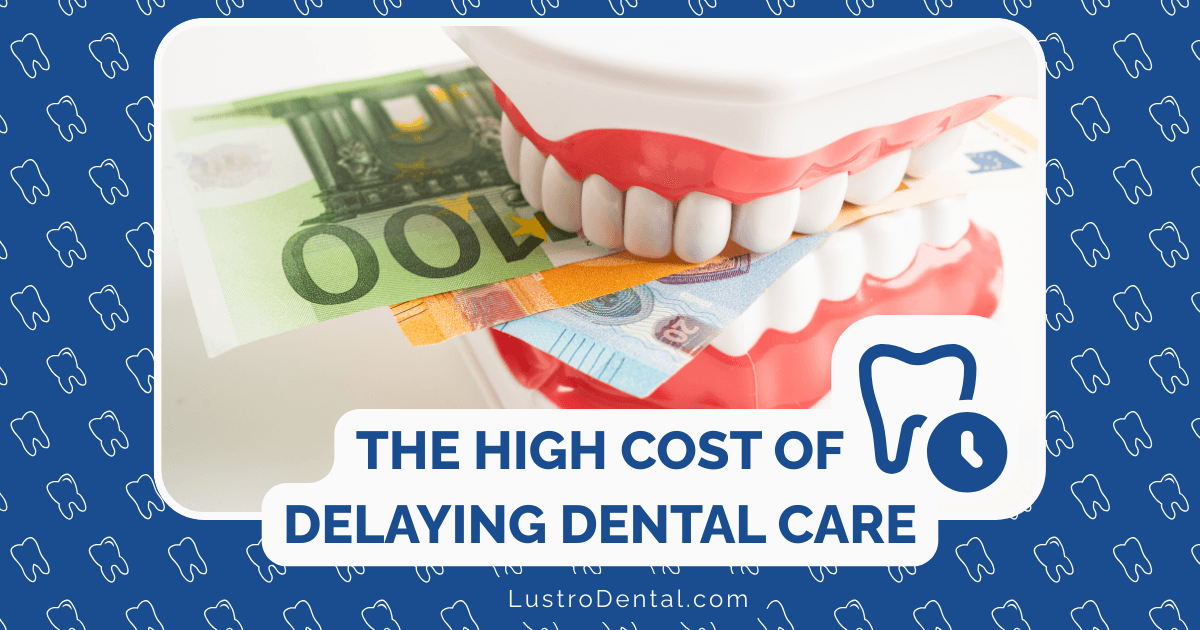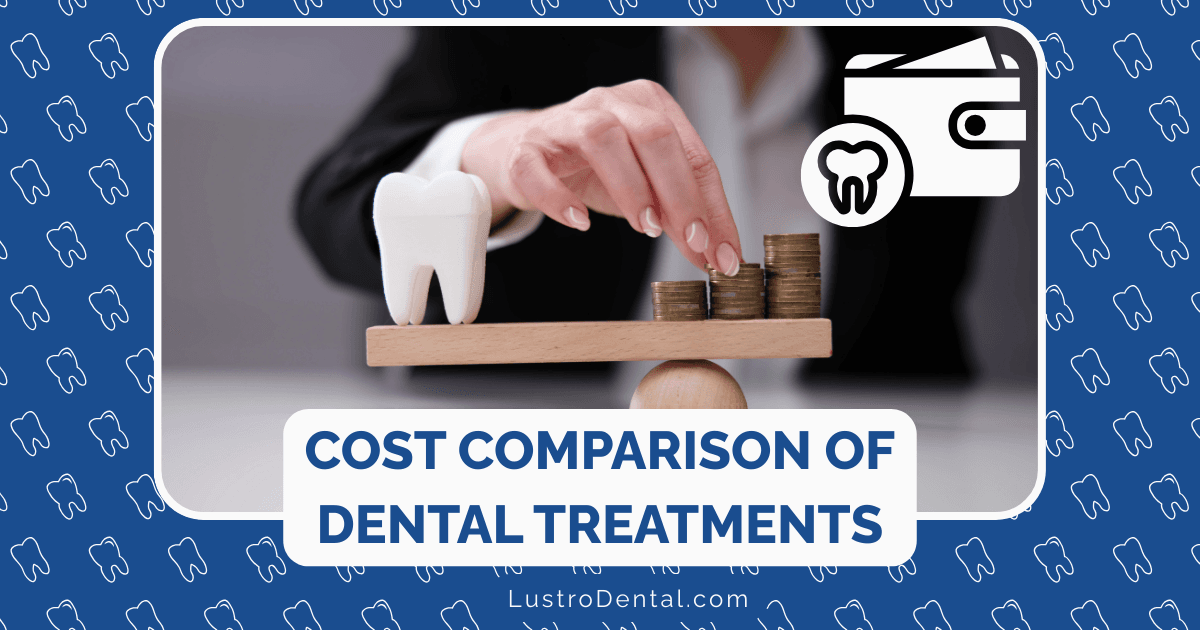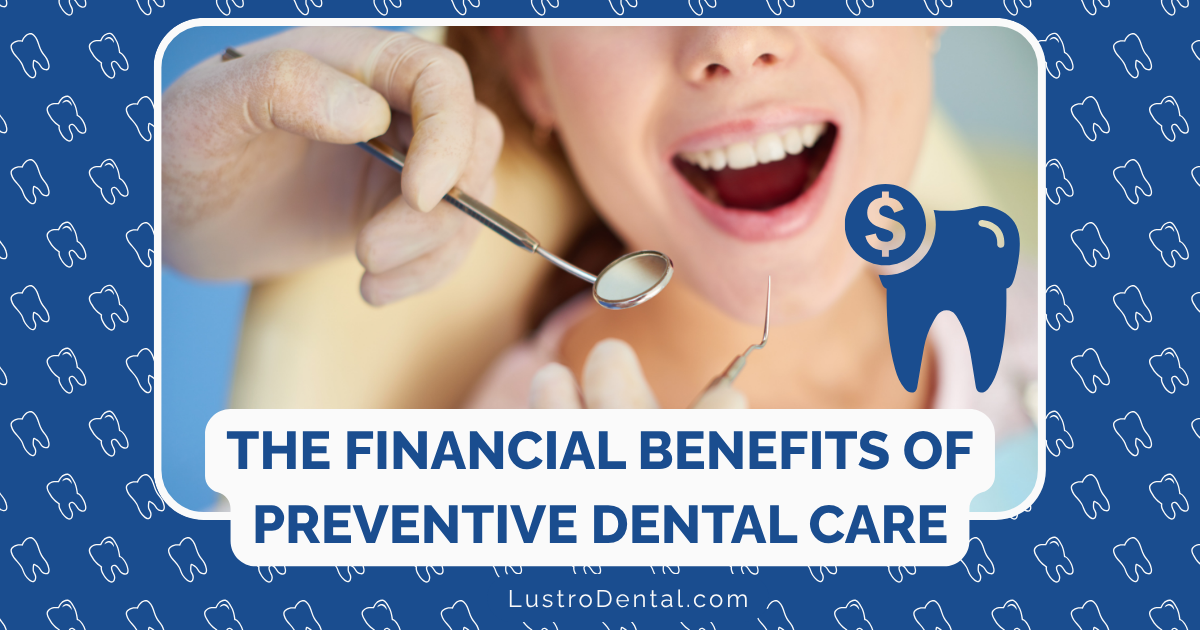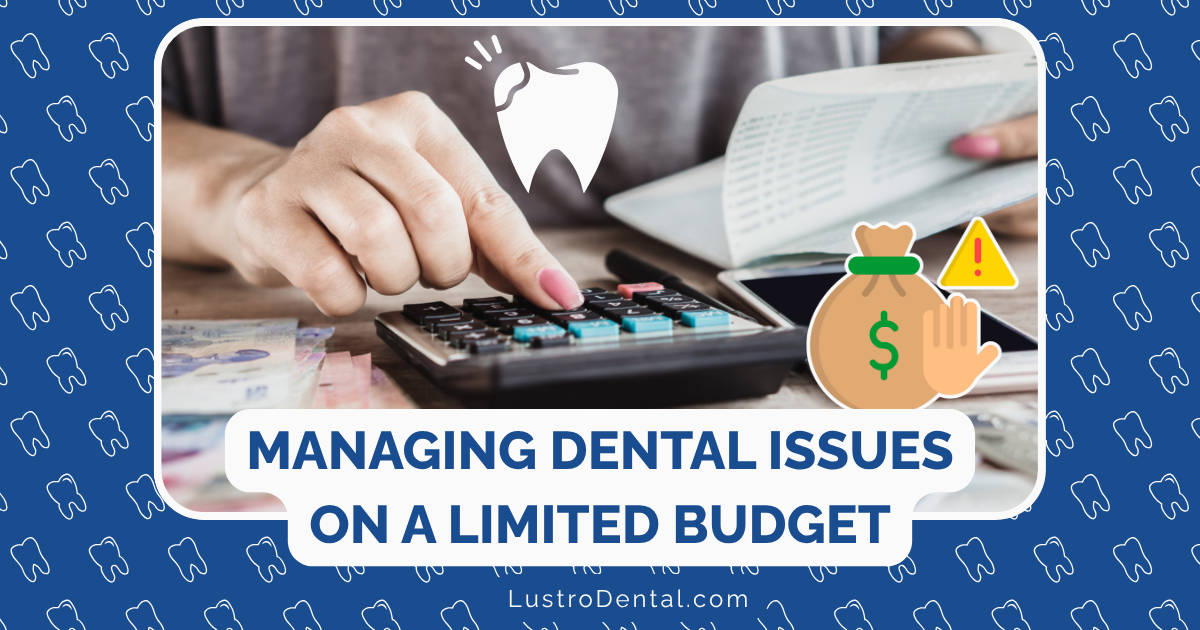Medical Insurance for Dental Procedures: When Your Health Plan Might Cover Dental Work
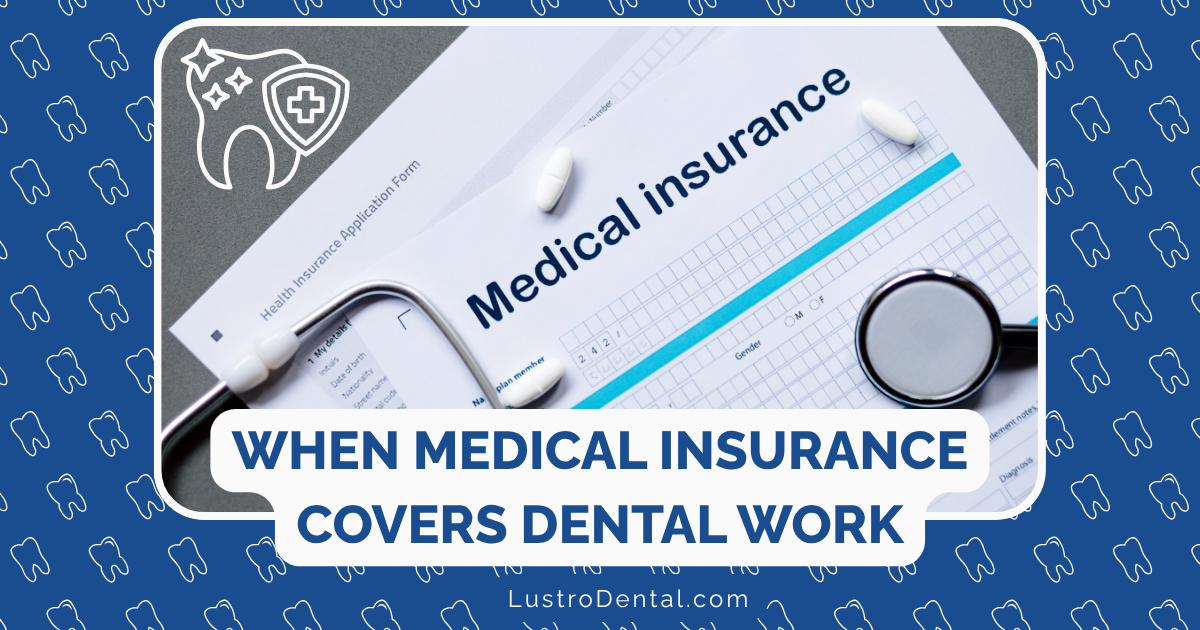
The line between medical and dental care isn’t as clear-cut as insurance companies would have you believe. While most Americans understand that dental insurance covers teeth and medical insurance covers everything else, the reality is far more complex—and knowing the exceptions could save you thousands of dollars.
According to the American Dental Association, about 23% of Americans have no dental coverage at all. Even those with dental insurance often face significant out-of-pocket costs due to low annual maximums (typically $1,000-$1,500) and high coinsurance rates for major procedures.
What many don’t realize is that their medical insurance might cover certain dental procedures—if they know how to navigate the system.
The Medical-Dental Divide: An Artificial Boundary
The separation between medical and dental insurance is largely historical and administrative, not clinical. As the Journal of the American Medical Association has noted, “The separation of medical and dental care dates back to decisions made nearly a century ago that, in retrospect, seem ill-advised.”
The mouth is, after all, part of the body. When dental issues impact overall health or when medical conditions affect oral health, the artificial boundary between medical and dental coverage becomes problematic—and sometimes negotiable.
When Medical Insurance Typically Covers Dental Procedures
Your medical insurance may cover dental work in several specific scenarios:
1. Traumatic Injury
When dental damage results from an accident or injury, medical insurance often covers treatment.
Examples:
- Teeth broken in a car accident
- Jaw fractures requiring surgical repair
- Facial trauma affecting teeth and surrounding structures
- Emergency room visits for dental injuries
Coverage Trigger: The key is that the injury must be “accidental” and not due to decay, disease, or normal wear and tear.
2. Medically Necessary Oral Surgery
Certain oral surgeries are routinely covered by medical insurance rather than dental plans.
Examples:
- Extraction of impacted wisdom teeth (especially with complications)
- Jaw surgery (orthognathic surgery) for sleep apnea or TMJ disorders
- Biopsy of suspicious oral lesions
- Reconstruction after tumor removal
Coverage Trigger: The procedure must be deemed medically necessary for health reasons beyond routine dental care.
3. Treatment Related to Cancer Care
Patients undergoing cancer treatment often need specialized dental care that medical insurance may cover.
Examples:
- Pre-radiation dental clearance
- Treatment of osteoradionecrosis (bone damage from radiation)
- Dental extractions before chemotherapy
- Management of oral complications of cancer treatment
Coverage Trigger: The dental work must be directly related to cancer treatment protocols.
4. Management of Systemic Diseases with Oral Manifestations
When systemic diseases affect oral health, medical insurance may cover the dental component of treatment.
Examples:
- Diabetes-related periodontal treatment
- HIV-related oral lesions
- Sjögren’s syndrome dental management
- Crohn’s disease oral manifestations
Coverage Trigger: Documentation must establish the connection between the systemic disease and the oral condition.
5. Congenital Abnormalities
Birth defects affecting oral structures often fall under medical coverage.
Examples:
- Cleft lip and palate repair
- Ectodermal dysplasia dental treatments
- Amelogenesis imperfecta management
- Other genetic disorders affecting dental development
Coverage Trigger: The condition must be congenital and documented as such.
6. Sleep Apnea Oral Appliances
Devices to treat obstructive sleep apnea are increasingly covered by medical insurance.
Examples:
- Mandibular advancement devices
- Custom-fitted oral appliances
- Follow-up adjustments to these devices
Coverage Trigger: A sleep study diagnosis and prescription from a physician are typically required.
7. Infection or Abscess with Systemic Impact
When a dental infection becomes a medical emergency, medical insurance often applies.
Examples:
- IV antibiotics for facial cellulitis
- Hospitalization for dental abscess
- Surgical drainage of infection
- Treatment of osteomyelitis (bone infection)
Coverage Trigger: The infection must pose risks beyond the oral cavity or require hospital-level care.
The Documentation Game: Making Your Case for Medical Coverage
Successfully getting medical insurance to cover dental work requires proper documentation and coding. Here’s how to approach it:
1. Establish Medical Necessity
Your provider must clearly document why the dental procedure is medically necessary, not just dentally necessary.
Key Elements:
- Connection to systemic health conditions
- Functional impairment (not just cosmetic concerns)
- Failure of conservative treatment approaches
- Risk of serious complications without treatment
According to Delta Dental, medical necessity documentation should include “how the oral condition impacts the patient’s overall health and why the recommended treatment is necessary from a medical standpoint.”
2. Use the Right Diagnostic Codes
Medical insurance requires ICD-10 diagnosis codes rather than dental codes.
Example Scenario:
- Dental-only approach: “Periapical abscess without sinus” (dental code)
- Medical-dental approach: “Periapical abscess with systemic manifestations” (ICD-10 code) plus documentation of fever, malaise, and elevated white blood cell count
3. Employ Medical Procedure Codes
Treatment must be coded using CPT (Current Procedural Terminology) codes used by medical insurance, not the CDT codes used in dentistry.
Example:
- Dental code: D7240 (removal of impacted tooth)
- Medical code: 41899 (unlisted procedure, dentoalveolar structures)
4. Obtain Pre-Authorization
For planned procedures, pre-authorization from the medical insurer is crucial.
Process:
- Submit clinical documentation establishing medical necessity
- Include physician referrals or consultations when available
- Provide diagnostic imaging and lab results
- Reference specific insurance policy provisions that support coverage
5. Coordinate Between Providers
Communication between your dentist, physician, and any specialists is essential for establishing medical necessity.
Best Practice: Have your primary care physician write a letter of medical necessity for the dental procedure, explicitly connecting it to your overall health condition.
Real-World Scenarios: Case Studies in Medical-Dental Coverage
Case 1: Sleep Apnea Oral Appliance
Patient Situation: Michael, 45, was diagnosed with moderate obstructive sleep apnea but couldn’t tolerate CPAP therapy.
Coverage Strategy:
- Sleep physician documented CPAP intolerance and prescribed an oral appliance
- Dentist submitted to medical insurance using:
- ICD-10 code: G47.33 (Obstructive sleep apnea)
- CPT code: E0486 (Oral device/appliance for sleep apnea)
- Included sleep study results and physician prescription
Outcome: Medical insurance covered 80% of the $2,000 appliance, leaving Michael with $400 out-of-pocket versus the full amount if billed to dental insurance.
Case 2: Pre-Transplant Dental Clearance
Patient Situation: Sarah needed comprehensive dental work before being listed for a kidney transplant.
Coverage Strategy:
- Transplant surgeon documented requirement for dental clearance
- Dentist submitted to medical insurance using:
- ICD-10 code: Z94.0 (Kidney transplant status)
- Secondary code: Z29.8 (Encounter for other specified prophylactic measures)
- Various CPT codes for specific procedures
- Included transplant center protocol requiring dental clearance
Outcome: Medical insurance covered the entire $3,800 treatment plan that would have exceeded Sarah’s dental annual maximum by $2,500.
Case 3: TMJ-Related Treatment
Patient Situation: David suffered from severe temporomandibular joint disorder with documented muscle spasms, limited opening, and chronic pain.
Coverage Strategy:
- Neurologist documented TMJ disorder as causing chronic pain and headaches
- Dentist submitted to medical insurance using:
- ICD-10 code: M26.62 (TMJ disorder)
- Secondary codes for pain and limited function
- CPT codes for TMJ evaluation and appliance
- Included imaging showing joint abnormalities
Outcome: Medical insurance covered the specialized TMJ splint and physical therapy that dental insurance had denied.
Common Pitfalls and How to Avoid Them
Pitfall #1: Submitting to Dental Insurance First
Once a claim is processed by dental insurance, medical insurers often refuse to consider it.
Solution: For procedures that might qualify for medical coverage, consult with your provider about submitting to medical insurance first.
Pitfall #2: Inadequate Documentation
Cursory or dental-focused documentation rarely satisfies medical insurance requirements.
Solution: Ensure comprehensive documentation that emphasizes medical necessity, systemic health connections, and functional impairments.
Pitfall #3: Using Dental Codes for Medical Claims
Medical insurers will automatically reject claims with dental (CDT) procedure codes.
Solution: Work with providers experienced in cross-coding between dental and medical systems.
Pitfall #4: Accepting Initial Denials
Many medical claims for dental procedures are denied initially but approved on appeal.
Solution: Be prepared to appeal with additional documentation and references to specific policy provisions or medical necessity guidelines.
Pitfall #5: Missing Pre-Authorization Requirements
Skipping pre-authorization often results in automatic denial.
Solution: Always verify if pre-authorization is required and follow the process meticulously.
Strategies for Patients: Navigating the System
1. Review Your Medical Insurance Policy
Carefully read your medical policy’s exclusions and exceptions regarding dental procedures. Look for terms like:
- “Dental services when medically necessary”
- “Non-routine dental care”
- “Hospital dentistry”
- “Oral surgery benefits”
2. Choose Providers With Dual Billing Experience
Some dental practices regularly bill medical insurance and understand the nuances involved.
Questions to Ask:
- “Do you have experience billing medical insurance for dental procedures?”
- “Do you have a medical insurance specialist on staff?”
- “Can you help determine if my procedure might qualify for medical coverage?”
3. Get Everything in Writing
Before proceeding with treatment:
- Request written pre-authorization from your medical insurer
- Get a clear explanation of benefits
- Understand your potential financial responsibility
4. Consider Medical Facilities for Certain Procedures
Some procedures have higher approval rates when performed in medical settings.
Example: Wisdom tooth extractions performed by an oral surgeon in a hospital outpatient department are more likely to be covered by medical insurance than the same procedure in a dental office.
5. Appeal Strategically
If your claim is denied:
- Request a written explanation of the denial
- Review your policy for relevant coverage provisions
- Gather additional documentation supporting medical necessity
- Consider involving your physician in the appeal process
- Reference clinical guidelines from medical associations
The Future of Medical-Dental Integration
The artificial divide between medical and dental care is slowly eroding as research continues to demonstrate the connections between oral health and overall health.
Several developments suggest broader medical coverage for dental procedures in the future:
- Medicare Expansion: Proposals to include dental coverage under Medicare recognize the health impacts of oral disease
- Medical-Dental Integration: Some insurers are piloting programs that better integrate dental care for patients with certain medical conditions
- Value-Based Care Models: Emerging healthcare payment systems incentivize preventing medical complications through appropriate dental care
The Bottom Line
While the medical-dental divide persists in our healthcare system, understanding the exceptions can save you thousands of dollars and help you access necessary care.
The key takeaways:
- Medical insurance often covers dental procedures related to accidents, injuries, and medical conditions
- Proper documentation and coding are essential for approval
- Pre-authorization and coordination between providers improve success rates
- Be prepared to appeal denials with additional documentation
- Choose providers experienced in navigating both systems
Have you successfully had a dental procedure covered by medical insurance? Share your experience in the comments below!


